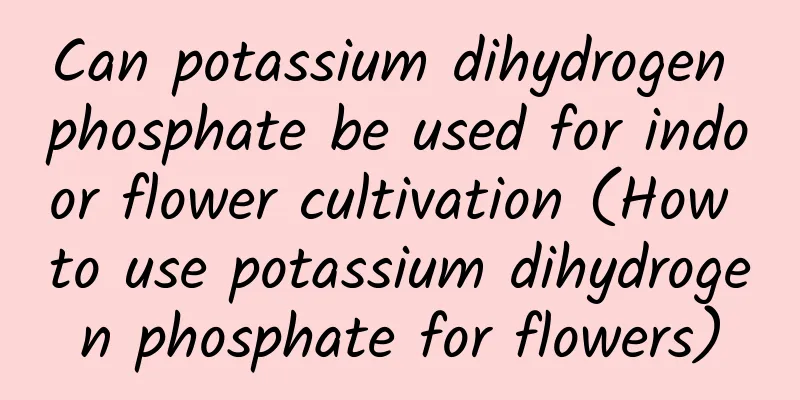Do microbial agents have a rooting effect (promoting the growth of crop plant roots)?

|
Have farmer friends discovered a problem? No matter how many kinds of fertilizers there are now, some contain humic acid or amino acids. They all have one thing in common: they can take root, and they all contain a certain amount of microorganisms. This is exactly the topic we are talking about today, the rooting effect of microbial agents. The formation of crop roots in the soilIn other words, there are many kinds of fertilizers that can promote rooting, but what is indispensable in these fertilizers is a sufficient amount of active microorganisms. In other words, microorganisms are the source of promoting the rooting of crops. Now it is easy for us to understand that if we want crops to take root well, then using microbial fertilizers is the best choice. The humic acid fertilizers and amino acid fertilizers we usually see play the role of biological regulation and changing stress resistance on the basis of microbial fertilizers . Here we only discuss how microbial agents can help farmers have a basic understanding of rooting and make it easier for farmers to choose to use them. The root condition of the crop after it is pulled out of the soil Crops have two mouths, one is the leaves and the other is the root system. The root systems of crops are slightly different, but the basic principle is to absorb nutrients and water through fibrous roots and deliver them to the fruits through the taproot. In other words, the more and denser the fibrous roots of a crop are, the greater the possibility of absorbing nutrients. What we usually see most is that the length and thickness of the root system of a crop can also reflect whether the root system is developed or not. This is the reason. Microbial agents are composed of various agents, the most common of which are rhizobia, nitrogen-fixing bacteria, phosphate- and potassium-solubilizing agents, mycorrhizal agents, etc. In agriculture, a microbial agent generally contains more than two agents, the most common of which is Bacillus subtilis. One of its functions is to promote root growth, and of course it also has the functions of strengthening seedlings, sterilizing, increasing yield and improving quality . At the same time, another function of microbial agents is to nourish and protect roots on the basis of rooting . Standards for microbial agents and labeling of active bacteria There are a large number of active beneficial bacteria in microbial agents, such as the Bacillus subtilis mentioned above. After being activated in the soil, it will multiply rapidly and produce some enzymes to stimulate the growth of crop roots. It can also make the root system of crops grow explosively, which is inseparable from the stimulation of chitinase and other enzymes. A good crop root system is strongly correlated with the active bacteria in the microbial agents. When beneficial bacteria and harmful bacteria reach a balance, the bacterial balance in the soil creates a good environment for the root system. At least the root system is not directly invaded by some harmful bacteria, which reduces the possibility of root disease, which is also the main reason why the root system can grow rapidly. If it is just to promote root growth, microbial agents can completely solve the problem When farmers cannot understand why crop roots grow rapidly due to the action of microbial agents, they can simply observe whether the fertilizer contains microorganisms to make a judgment, which is the most intuitive way. You can look at the effective live bacteria count on the packaging label. If the granules are greater than 100 million/gram, and the powder and liquid are greater than 200 million/gram, then they are microbial agents. Of course, it is also acceptable if the effective live bacteria count exceeds this value, or if it contains more microorganisms. Or the number of live bacteria of a single microorganism is higher, which can play a balancing role when there are more harmful bacteria in the soil. Crop root system comparison In this way, we will have a clear idea when choosing fertilizers to strengthen the roots of crops. Of course, there are some humic acid fertilizers and amino acid fertilizers that also contain microbial agents, which is also acceptable. However, the main reason for strengthening the roots is still the effect of microbial agents, which not only strengthen the roots but also play a role in solving the stress resistance of crops. |
Recommend
How to prepare soil for growing orchids
1. Variety selection There are many varieties, ma...
When does the lotus lantern bloom?
When does the lotus lantern bloom? The natural fl...
How to make it easy for green radish to survive by cuttings?
With its emerald green leaves and powerful air pu...
The language and legend of bird of paradise
The flower language of bird of paradise Cheerful ...
How and when to plant lilies
Lily planting time and month When to plant lilies...
How to grow thin makeup succulents
1. Soil Thin makeup succulents are suitable for g...
Can Aquilegia be planted in the ground?
Can Aquilegia columbine be planted in the ground?...
How to care for calamus in winter
Is calamus afraid of cold? The most suitable grow...
How to raise Tangyin in summer
1. Avoid strong light Although Tang Yin likes sun...
How to propagate pink canna
sowing Sowing time The general time for sowing is...
The fastest way to root Milan cuttings. Can Milan root in water?
1. Cutting time The time for Milan cuttings is us...
Can orchids be grown in peat soil?
Can orchids be grown in peat soil? Orchids can be...
Is the pine nut yield high? What is the yield per mu?
Is the pine nut yield high? The yield of pine nut...
Cultivation methods and precautions of Kalanchoe
Kalanchoe has become a favorite for interior deco...
When is the best time to plant crabapple seeds
Begonia seeds planting time Begonia is a perennia...









